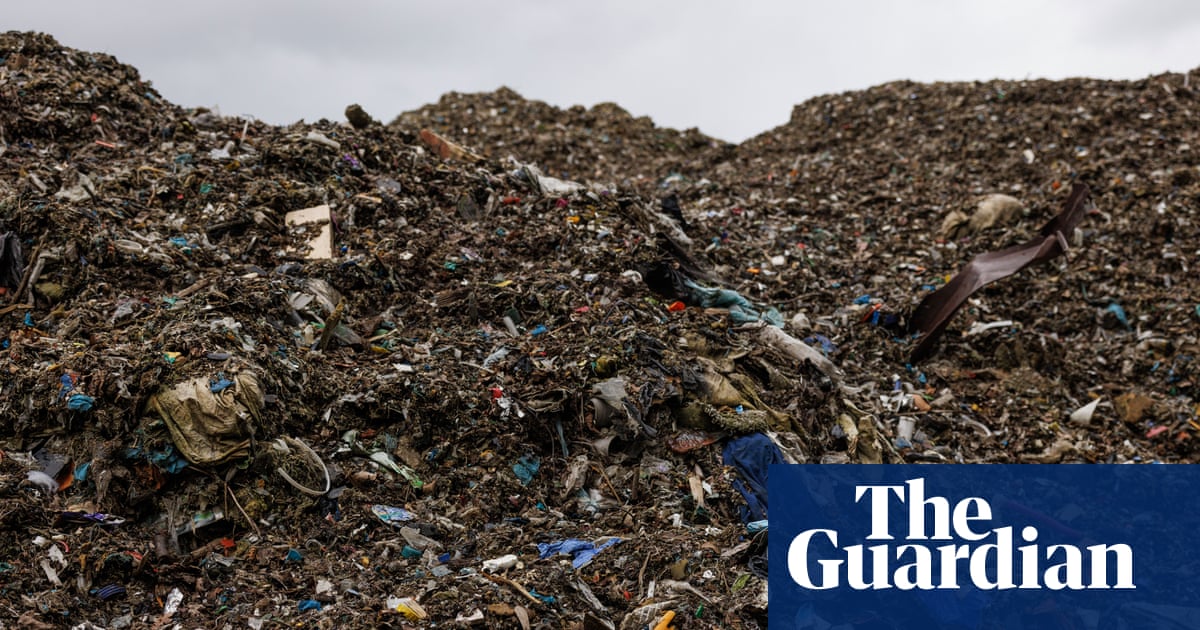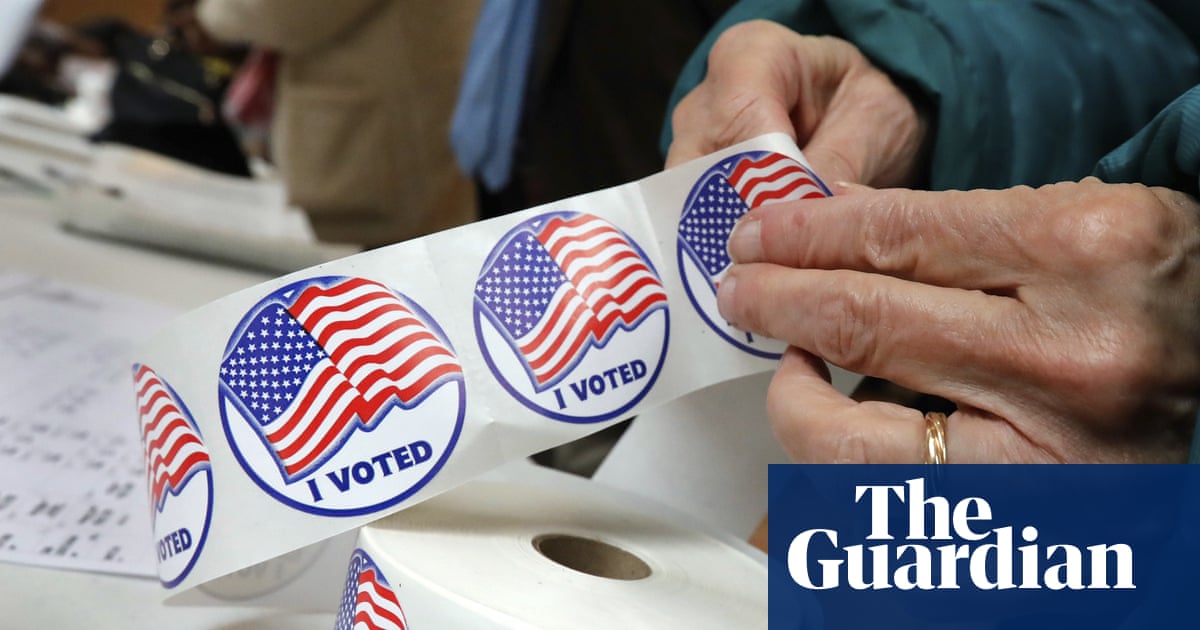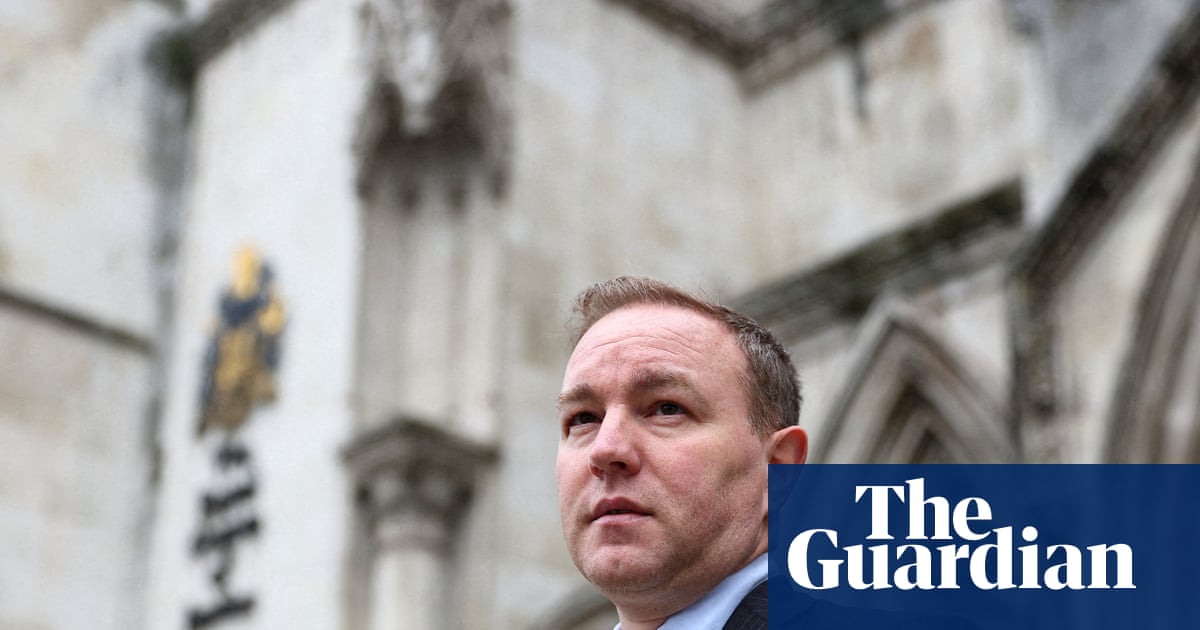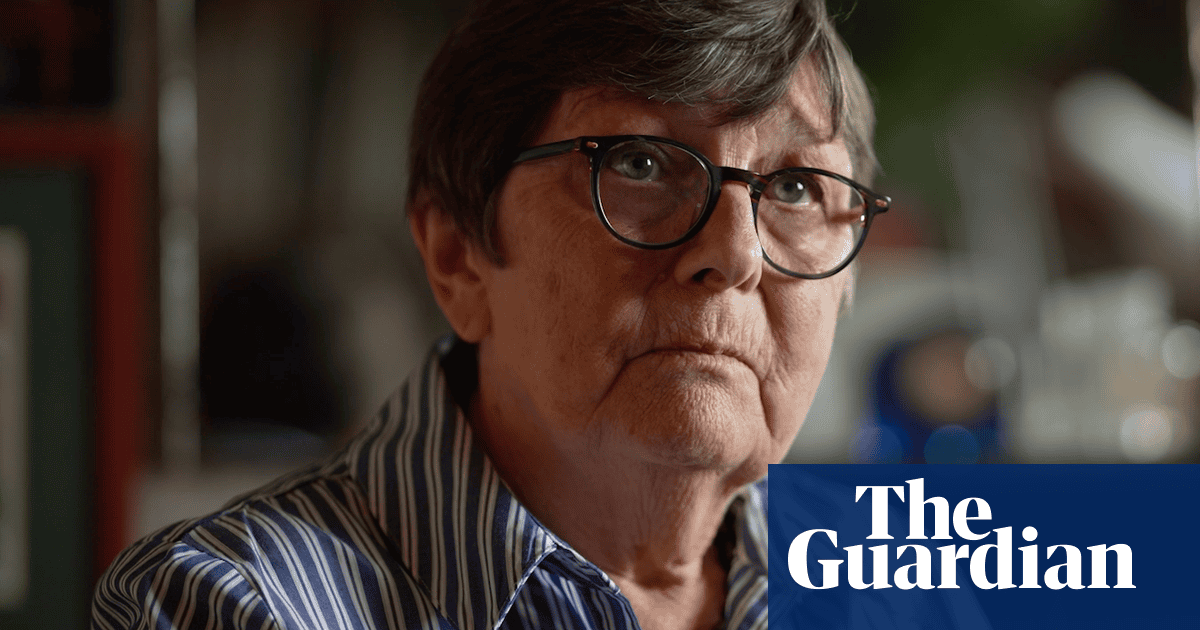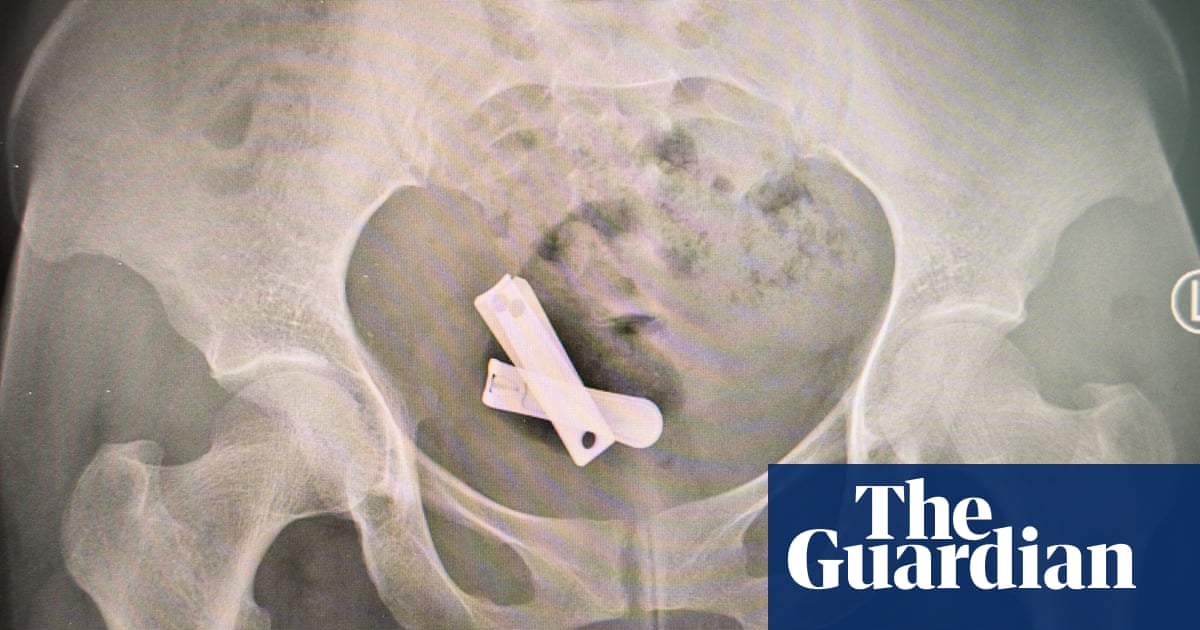Greg Abbott, the Republican governor of Texas, has had plenty of consoling words to offer following the tragic flash floods in the Hill Country that have killed more than 120 people, including 27 girls and counsellors at the stricken Camp Mystic.
“Our hearts grieve for this community and surrounding areas,” he wrote on social media. “May God bring comfort to every family affected.”
Amid such refrains, Abbott’s response so far has been notably lacking in one regard: any assurance that Texas will tackle the problems that contributed to the calamity in Kerr county over the Fourth of July weekend, when the Guadalupe River rose like a torrent 26ft in 45 minutes. Accosted by reporters, the governor has indicated he will allow debate in the Texas legislature on the state’s flood warning systems, but has given no guarantees on the outcome.
Texas lawmakers came painfully close to introducing a statewide initiative to improve emergency alerts just a few months ago. The bill, HB 13, would have set up a network of outdoor sirens of the sort that were fatally lacking in the Hill Country, but the plan was killed in the state senate where members griped about its cost.
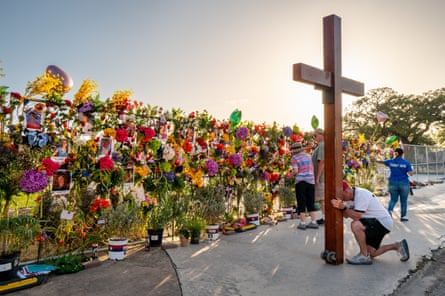
To observers of what might be called the “Texas way” – the singular devotion of its political leaders to rugged individualism and their equally passionate disdain for government action – there is a familiarity to all this. Take the massive winter storm Uri that struck Texas in 2021, which brought the state’s notoriously eccentric power grid to a standstill, leaving almost 5 million people without heat and more than 200 dead.
After that catastrophe the state did make limited efforts to prepare power generators for further extreme weather, allowing Abbott to boast that “everything that needed to be done was done to fix the power grid in Texas”. Yet four years later, the state’s main grid operator, Ercot, is still warning that a repeat Uri would carry with it an 80% likelihood of rolling blackouts.
The same pattern of relative governmental inaction stretches back to 2008, when Hurricane Ike battered the Texan coast. It only narrowly bypassed Houston, then home to 2 million people, avoiding a catastrophe of monumental proportions.
In the wake of the storm, there were calls for the construction of a barrier across Galveston Bay to protect the city from future storm surge. Seventeen years on, “Ike Dike” remains on the drawing board.
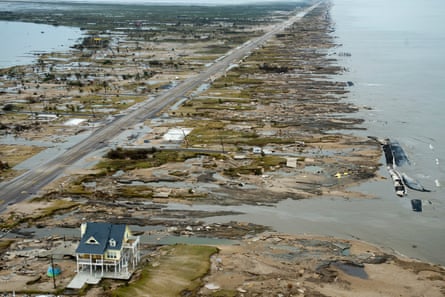
For Andrew Dessler, a professor of atmospheric sciences at Texas A&M University, this repeating cycle of environmental disaster followed by scant preparation for future events is not coincidental. “Texas will spend a lot of money recovering from disasters, but they’ll spend very little trying to avoid the next disaster,” he said.
Such an absence of forethought would be less serious were it not for Texas being, literally and metaphorically, in the eye of the storm. The state’s long Gulf coastline renders it vulnerable to hurricanes and sea level rise, its southern location makes it hot and growing hotter, the west of the state is in the desert south-west region which is liable to droughts, and the Hill Country, as has been seen with such heart-wrenching results, is home to “flash flood alley”, one of the most dangerous flood-prone areas of the US.
“We have everything other than maybe avalanches,” Dessler said. “Every other climate disaster you can think of, like wildfires – you name it, we have it.”
The state’s vulnerable topography is reflected in the statistics. Texas is the most disaster-prone state in the country, recording 190 extreme weather events between 1980 and 2024, each inflicting more than $1bn in damage.
Now the climate crisis has begun to bear down on Texas, turning this perennially at-risk state into a calamity zone. Warmer oceans are leading to greater atmospheric moisture and hence rain dumps and flooding, rising temperatures are exacerbating droughts and wildfires, and all of it is supercharging both the frequency and intensity of extreme weather events.
That has combined with the state’s steadily rising population, which is straining resources and putting more people in harm’s way. Despite the perils, large numbers of Americans continue to pour into Texas, attracted by its zero income tax and open spaces; since 2010 it has grown by 5 million people, to 30 million.
This moment begs for a political culture that can confront the challenge head on, experts say. But that is not the prevailing mood in Texas.
“Our elected representatives are not forward looking on climate issues,” Dessler said.
Dessler, who specialises in climate change, traces the source of the resistance to the fossil fuel industry, which with its mega-donations to Republican politicians wields a big stick. “It’s the political power of fossil fuels, and their ability to keep everybody in line.”
The official platform of the Texas Republican party is explicit. It proposes the abolition of the federal Environmental Protection Agency, supports the reclassification of carbon dioxide as a “non-pollutant”, and opposes what it calls “environmentalism, or ‘climate change’ initiatives that obstruct legitimate business interests and private property use”.
Abbott and other top state Republicans are openly skeptical of climate crisis science. In 2022, when Dallas was hit by colossal floods, reporters tried and failed to get the governor even to utter the words “climate change”.
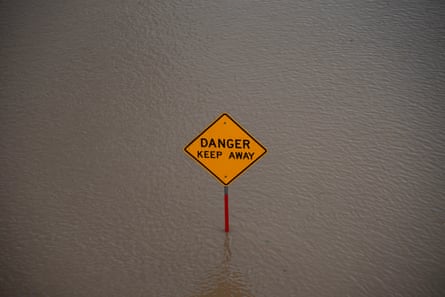
“Texas Republicans are increasingly opposed to the idea that climate change is man-made, and therefore there’s nothing we can do about it,” said Calvin Jillson, a political scientist at Southern Methodist University in Dallas. “They see climate issues as requiring more taxes, more regulation, more spending – and as a party of small government and deregulation they don’t want to deal with it.”
The combination of small government ideology and climate crisis denial has distorted the politics of the state to the extent that basic decisions that might bolster climate resilience are shunted aside. The impact is seen at all levels, from the state capital in Austin down to local neighborhoods.
Almost half of Texas’s 254 counties have no mitigation plan in place to lessen the blow of environmental disasters, the Texas Tribune found.
Rob Kelly, a local elected official in Kerr county at the epicenter of the Hill Country floods, said that warning systems had been considered but were rejected on grounds of cost. “Taxpayers won’t pay for it,” he told the New York Times.
Wes Virdell, the Republican representative whose Texas house district covers much of the devastated flooded area, voted against HB 13, the failed bill which would have set up a siren alarm system. He told the Texas Tribune three days after the tragedy that his experience of such grief and suffering had shaken his confidence in his decision.
“I can tell you in hindsight, watching what it takes to deal with a disaster like this, my vote would probably be different now.”

 3 months ago
45
3 months ago
45




